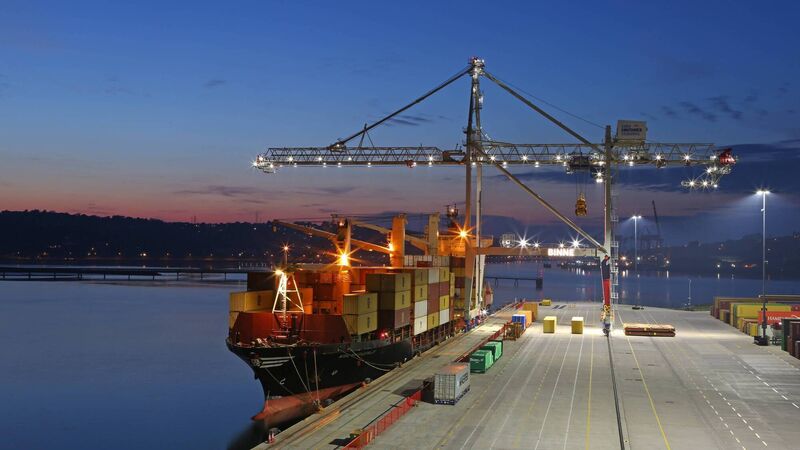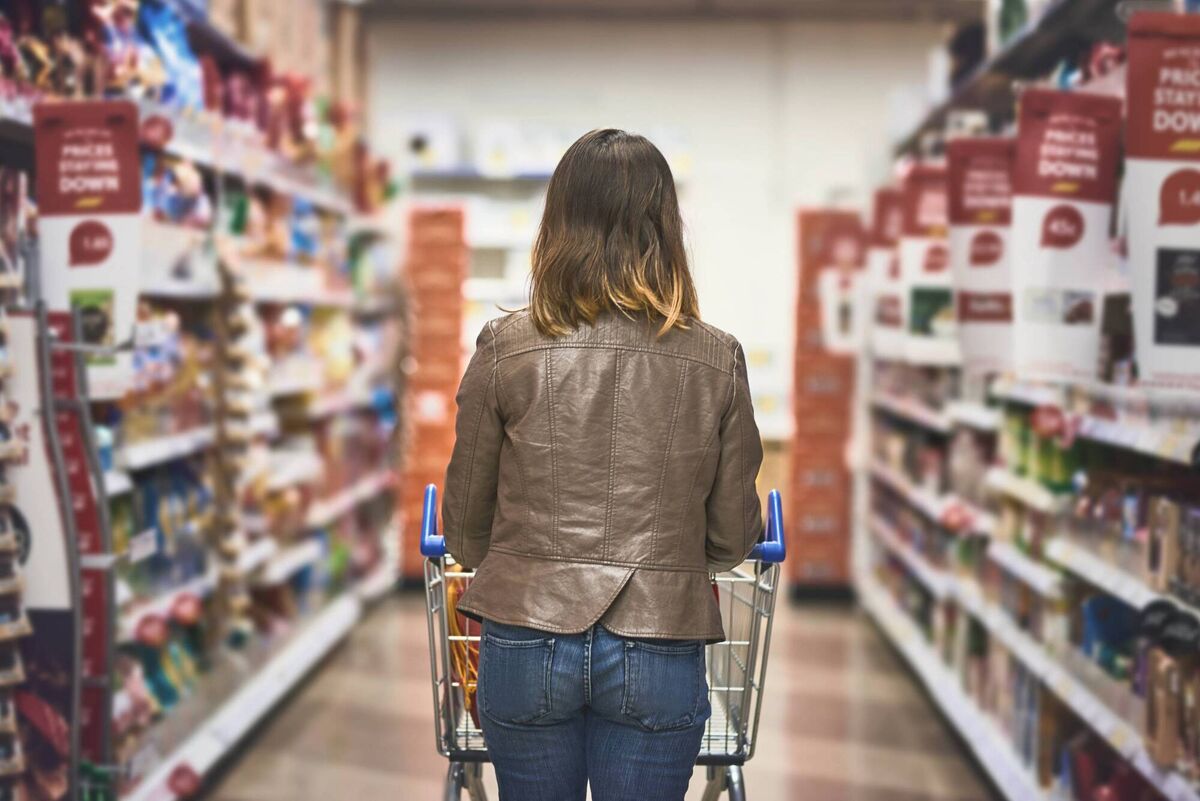From inflation fatigue to Ozempic: UCC report finds major changes coming for food companies

Food and beverage companies are looking at a raft of changes to their supply chains to meet new regulations. These include right-sizing their operations and potentially moving them closer to their final destination, but the cost of labour may make things more difficult.
From price increases testing the patience of consumers, the use of anti-obesity medication growing and increasing sustainability requirements from Governments, the food and beverage sector is facing major changes over the coming years, according to a new report.
As a result of all these changes coming down the line, companies in the sector will have to make investments in, and adjustments to, their supply chains going forward, but the public may not have the appetite to stomach any additional price hikes. This is on top of the geopolitical risks that all these companies have to already mitigate against.
According to a report, authored by the head of the College of Business and Law at UCC Professor Thia Hennessy, the European food and beverage sector has already earmarked €33bn for capital expenditure this year alone as it looks to invest in technology, sustainability, and product development.
In addition to this, various international issues and conflicts around the world are forcing these companies to restructure their supply chains in order to make themselves less susceptible to these kinds of shocks.
Prof Hennessy said there were a couple of specific developments around regulations which mean companies would now have to provide evidence and report on their own environmental, social, and governance performance.
“Then there is this new due-diligence directive which will be particularly important for food companies because it covers their entire supply chain and covers things like human rights issues and anti-corruption,” she said.

However, in a survey, released with the report, close to 60% of Irish consumers said they wanted more sustainable products but only 30% were prepared to pay the higher price.
In total, 56% of people surveyed said price was the most important influencer on their choice and only 3% of shoppers identified sustainability credentials as the primary influence on product choice.
The report found the recent spike in food prices led to a slowdown in demand for food produced to higher sustainability standards.
“The recent food price spike showed us that consumers and governments will resist food price increases and so food and beverage companies must continue to invest to deliver more environmentally sustainable and healthy products to the consumer at ever more affordable prices” said Prof Hennessy.
"In order to mitigate against risk, food and drinks companies have begun to adapt by right-sizing their supply chains by reducing the number of players as well as increasing transparency.
“Right-sizing, reducing the complexity of the supply chains, the number of suppliers in the supply chain and that would be from both a risk and regulatory perspective. More control over what is happening,” Prof Hennessy said.
She added there was also investment being put into data management systems which would enable companies to better manage their supply chains.
The report also notes some companies are engaging in “near-shoring” supply chains, which means locating manufacturing nearer to the target market. This is being done in an effort to minimise risk and transport distance for economic and environmental reasons.
It said the benefit of this was a reduction in transport costs and emissions, greater control over food safety and quality, as well as greater supply chain resilience. It also makes the supply chains less susceptible to risks from conflict.
“However, the availability and cost of labour and other manufacturing inputs will continue to be a barrier to a major re-shaping of supply chains,” the report said.
These investments might be costly, but funding in Europe is available, with over 60% of all funds invested last year going into sustainability projects.
In terms of the sector’s environmental impact, up to 90% of the sector’s emissions comes from upstream activities such as farming, packaging, and primary processing.
Under new regulatory requirements, companies will have to report and manage the emissions their raw material producers are emitting, companies will have to report and manage those as well.
Prof Hennessy said in Ireland that means a lot of companies, particularly in the area of dairy and meat, are investing in programmes at the farm level to try to drive the adoption of climate change friendly practices and technologies.
However, while all these sustainability practices are much needed to hit environmental targets, sustainability remains a lower priority for many consumers in Ireland.
The report would also highlight the fact that health and wellness is to become a greater issue for food and drinks companies to contend with. The report notes the world is facing the growing challenge from populations becoming increasingly overweight and obese, driven at least partly by diet and lifestyle choices.
“KPMG estimates that health and wellness is a large and significant component of the global food and drink market, now accounting for up to 20% of total packaged food in some developed markets,” the report said.
“Globally, sales of food and drinks with sugar avoidance claims have grown and will continue to increase on the back of consumer demand and regulatory changes.”
The report added the introduction of weight-loss drugs such as Wegovy and Ozempic has been a “game-changer” in the area of obesity.
“The drugs do have the potential to change consumption patterns over the medium to long term, particularly if research and development and innovation efforts make them more affordable and convenient,” the report said.
These drugs, along with the increasing dissatisfaction with ultra-processed foods — which often include ingredients such as sugar, oils, fats, salt, antioxidants — creates risks and opportunities for the sector.
“The best performers will be those who position their portfolios to complement or play into the trends over the medium term,” the report said.
CLIMATE & SUSTAINABILITY HUB
















